Panasonic Lumix DMC-L1
-
-
Written by Gordon Laing
Outdoor scene - Panasonic Lumix DMC L1 versus Nikon D80
Outdoor / Resolution / Noise / Noise 2
| Support this site by shopping via these links |
| Support this site by shopping via these links | ||
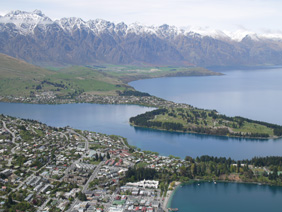 |
To compare real-life performance we shot the same scene with the Panasonic Lumix L1 and Nikon D80 within a few moments of each other using their best quality JPEG and lowest ISO settings. We tested the L1 with the Leica 14-50mm lens and the D80 with the Nikkor DX 18-70mm. The D80 captured a wider 3:2 frame, but the focal length of each lens was adjusted to deliver the same vertical field of view. Since the D80 crops below are taken from the same 4:3 area as the L1, it’s effectively being treated here as a 9 Megapixel 4:3 camera. |
The image above was taken with the Panasonic Lumix DMC L1 at 23mm f8 and with a sensitivity of 100 ISO; the original JPEG measured 4.53MB, while the original image used for the Nikon D80 crops was taken at 27mm f8 with a sensitivity of 100 ISO and measured 4.41MB. Apertures of f8 were selected for optimum sharpness with each lens. The crops are taken from the upper left, center and lower right portions of the originals (on a 4:3 crop for the D80) and presented here at 100%. The L1’s Film Mode was set to the Standard default. The D80’s higher resolution may result in its crops showing a slightly smaller area than those from the L1, but there’s little if any additional detail captured – certainly none you’d notice in real-life. There’s also no optical issues with either lens to report. The biggest difference is a lack of punchiness from the L1’s in-camera JPEGs, although this is due to its surprisingly refrained default Standard Film Mode as oppose to any actual optical or electronic problems. If you prefer a punchier result, the L1’s standard JPEGs can be greatly enhanced by a boost in contrast, and especially sharpness. See below for more details and RAW results. |
Panasonic Lumix DMC L1 Using Leica D Vario Elmarit 14-50mm |
Nikon D80 Using Nikkor DX 18-70mm | |||||||||||||||
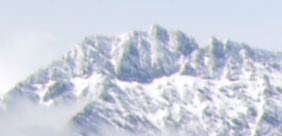 | 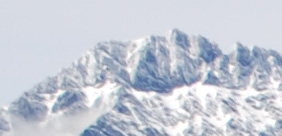 | |||||||||||||||
1/250, f8, 100 ISO |
1/250, f8, 100 ISO | |||||||||||||||
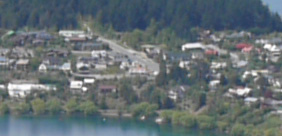 | 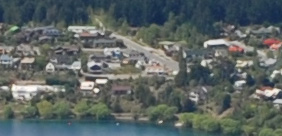 | |||||||||||||||
1/250, f8, 100 ISO |
1/250, f8, 100 ISO | |||||||||||||||
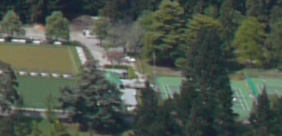 | 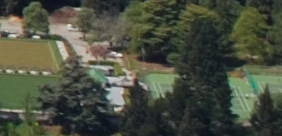 | |||||||||||||||
1/250, f8, 100 ISO |
1/250, f8, 100 ISO | |||||||||||||||
| ||||||||||||||||
To eliminate the effect of Panasonic’s in-camera processing and compression, we set the L1 to record a RAW file at the same time as a Super-Fine JPEG, again using the Standard Film Mode. The RAW and JPEG files measured 14.3 and 4.53MB respectively. The RAW file was processed with Adobe Camera RAW using the default settings (with a slight exposure adjustment to match the JPEG), then transferred to Photoshop with 16-bit tonal depth, before converting to 8-bit then cropping and saving using the same JPEG settings as above. |
Panasonic Lumix DMC L1 JPEG versus RAW, using Leica D Vario Elmarit 14-50mm | ||
 | 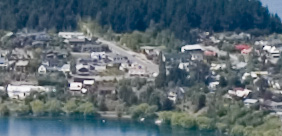 | |
JPEG, 1/250, f8, 100 ISO |
RAW conversion, 1/250, f8, 100 ISO | |
Using the Adobe Camera RAW defaults, the processed RAW file from the L1 is noticeably sharper than the in-camera JPEG, although some undesirable artefacts can be seen on some of the roofs. Note: throughout our tests with the L1, we noticed images taken with the default Standard Film Mode looked slightly soft compared to many in-camera JPEGs. This is simply a case of modest in-camera sharpening though using the default settings, and if you prefer a punchier result, the L1’s images can easily handle additional sharpening. See our Gallery page for more examples taken with the Standard Film Mode. |




